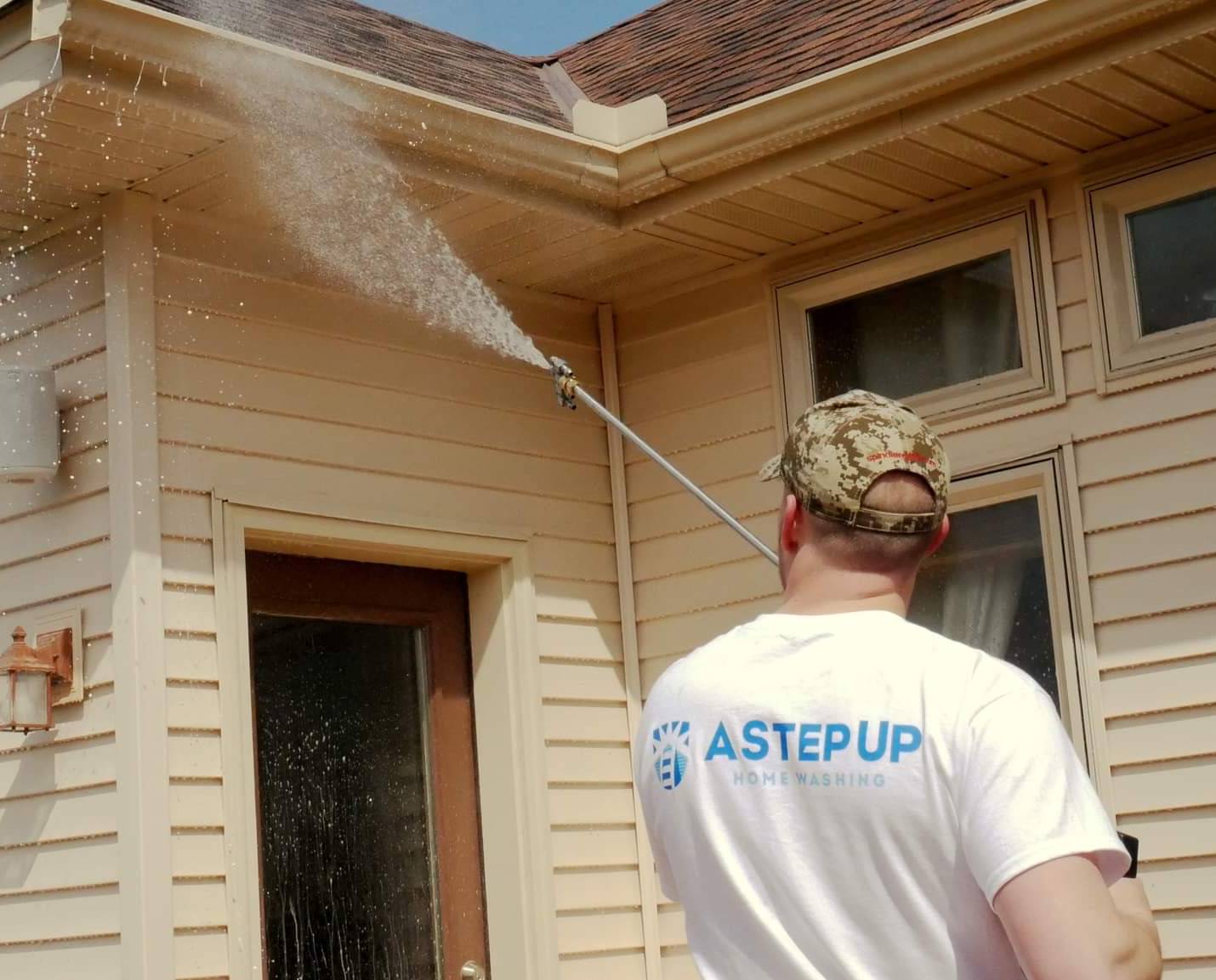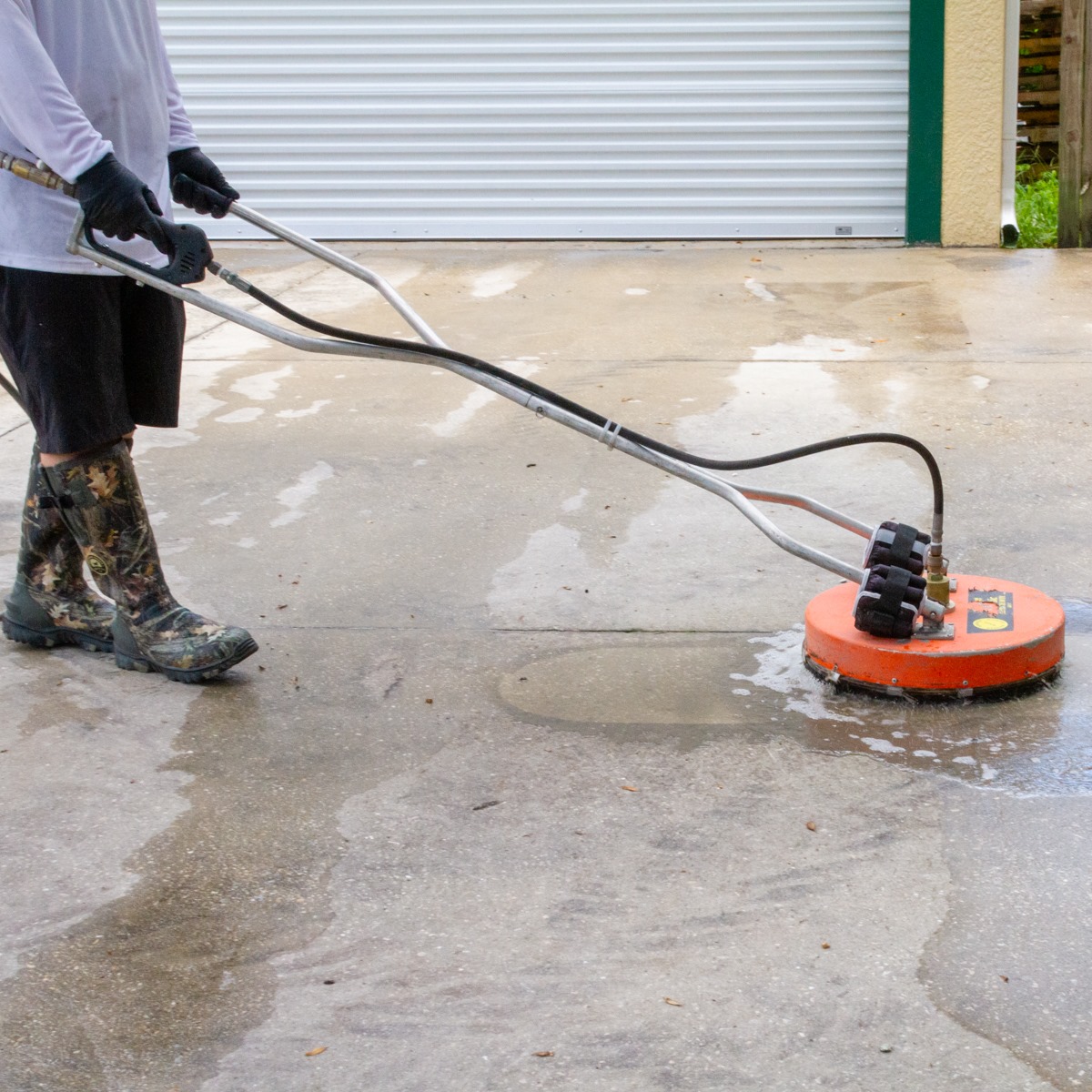Getting the Most Out of Power Washing: What You Need to Know
Power washing is a great way to keep outdoor spaces clean and well-maintained. It’s a powerful technique that uses high-pressure water jets to blast away dirt, grime, and other debris from surfaces with ease. With power washing, you can tackle tough cleaning projects in no time at all without having to resort to manual scrubbing or harsh chemical cleaners.
Power washing can be used on a variety of materials including wood decking, brick walls, concrete sidewalks, stone patios and driveways, siding window sills, fences and more. In addition to being quick and efficient it also offers the potential benefit of saving money in the long run by not requiring frequent replacement of materials due to wear or damage caused by excessive scrubbing or harsh chemicals.
However power washing does come with certain safety considerations that must be taken into account before beginning any project. This article will provide an overview of power washing process as well as discuss what types of materials power washing works best on and important safety precautions you should take when power washing your outdoor space so you get the most out of this powerful tool while keeping yourself safe in the process.

The power washing process begins with prepping the surface to be washed. This involves removing any loose dirt or debris and making sure the area is clear of any obstructions that could get in the way of the power washer nozzle. Once the area is prepped, you’ll need to select an appropriate power washer attachment for your specific cleaning needs. Depending on the material you’re power washing, this could be a wide fan nozzle or a more focused pinpoint nozzle for hard to reach areas.
Next, you’ll want to adjust the power washer settings according to manufacturer instructions for power and flow rates. Generally, power washing should be done from a distance of 6-10 inches away from the surface using a slow and steady motion. The power of the stream should be enough to clean the surface but not so strong as to cause damage. After power washing, it is always recommended that you rinse off any excess soap or cleaning chemicals to avoid damaging any surfaces with residue.
Finally, be sure to take all necessary safety precautions when power washing. This includes wearing protective eyewear and clothing, making sure there are no power cords or hoses in the way of where you’ll be power washing, and never pointing the power washer nozzle directly at any person or animal. It is also important to keep children and pets away from power washers while they are in use.
When power washing service is done correctly, it can be an extremely effective and efficient way to clean outdoor surfaces without having to resort to manual scrubbing or harsh chemicals. By familiarizing yourself with the power washing process, understanding what types of materials power washing works best on and taking safety precautions before starting any project, you can get the most out of power washing and keep your outdoor spaces clean and looking great.

A Step Up Window Cleaning
https://www.google.com/maps?cid=16953506174387648554
17645 Juniper Path suite 135, Lakeville, MN 55044
https://www.washthehome.com/

